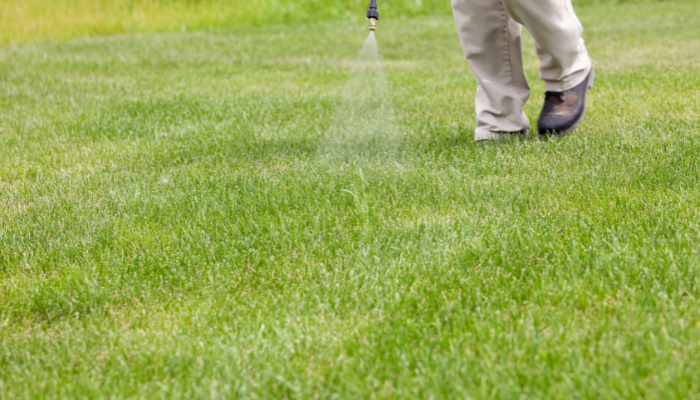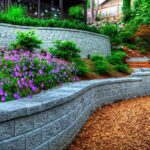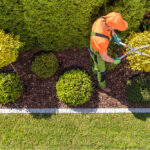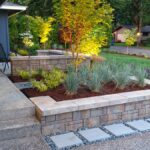How To Revitalize Your Lawn In Minnesota
There’s nothing more frustrating than staring out the window of your home only to see an ugly lawn, full of brown, patchy spots and overtaken by weeds.
This is a huge issue for homeowners. Not only because it’s such a big project to undertake themselves, but also because you can waste a TON of money trying to fix it yourself.
Seasonal Lawn Stressors
As the season changes and weather becomes extremely hot, cold, dry, or wet, the grasses in your lawn become stressed.
Soil conditions change to include variations in moisture availability, nutrient access, and compaction vs looseness of soil.
When this happens, and no mitigation measures are in place, the grass becomes stressed. Invaders like crabgrass, clover and sedges move in, as they can tolerate these types of conditions.
Eventually, the grass cannot compete with these invaders and they take over the lawn.
The lawn looks patchy, discolored, and ugly as all these species grow at different rates and seasonal schedules.
Related article: Autumn Lawn Care 3 Best Practices In Minnesota
Steps to Revitalize Your Lawn
Take the competition out. The first thing to do is kill all the weeds in the lawn. If the weeds haven’t completely taken over, this is much easier to do than you might think.
There are products available on the market that kill weeds without impacting desirable grass and grass seed.
Aeration. Aeration is the process of putting tiny holes all through the lawn. It is helpful in producing air flow and water exchange into the soil.
But what’s amazing is that these little holes can serve as planters for new grass seed to take root in.
Seeding. Consult with your lawn care expert in Minnesota for ideal mixes to fit with and enhance your lawn.
Typically, a Kentucky bluegrass mix is a common favorite that will give good results and tolerate Minnesota climate.
Once your choice is made, a broadcast spreader is best for mass distribution of grass seed. These seeds will find the aeration holes and take root into little grass plugs that help them get established.
Also read: Kentucky Bluegrass: Best Type of Grass for Commercial Properties in Minnesota
Fertilizer. A starter fertilizer is different than a regular fertilizer. Be sure to select a fertilizer that is friendly toward new seed.
Apply fertilization exactly according to direction and only do it one time and watch for results. Over-fertilization is a very common issue and can cause serious issues to the chemical balance of the soil.
Irrigation. Water the lawn in the early morning and late in the evening.
Watering during the heat of the day is costly as evaporation will result in the loss of a lot of the water and it will never soak into the soil to benefit the grass.
Mow regularly. We recommend cutting height of 2-4 range. Over-cutting will stress the lawn it removes too much of the blade and harms the grass.
Mowing infrequently (less than 7-10 day window) dumps thick grass clippings overtop your healthy grass.
Re-fertilize as needed. When you re-fertilize your lawn 6-8 weeks later, make sure to use a fertilizer for established grasses. Other additives can be helpful but are typically not necessary if you follow this process.
We call this whole process a lawn renovation. And it is an effective way to transform an ugly, patchwork yard into that beautiful, consistent, lush lawn.
Contact out team at Green Grounds Landscaping and share any lawn care or maintenance issues you are experiencing!
Our lawn services extend to Minnetonka, Eden Prairie, Edina, Delano, St. Louis Park, Minneapolis, and St. Paul State of Minnesota









